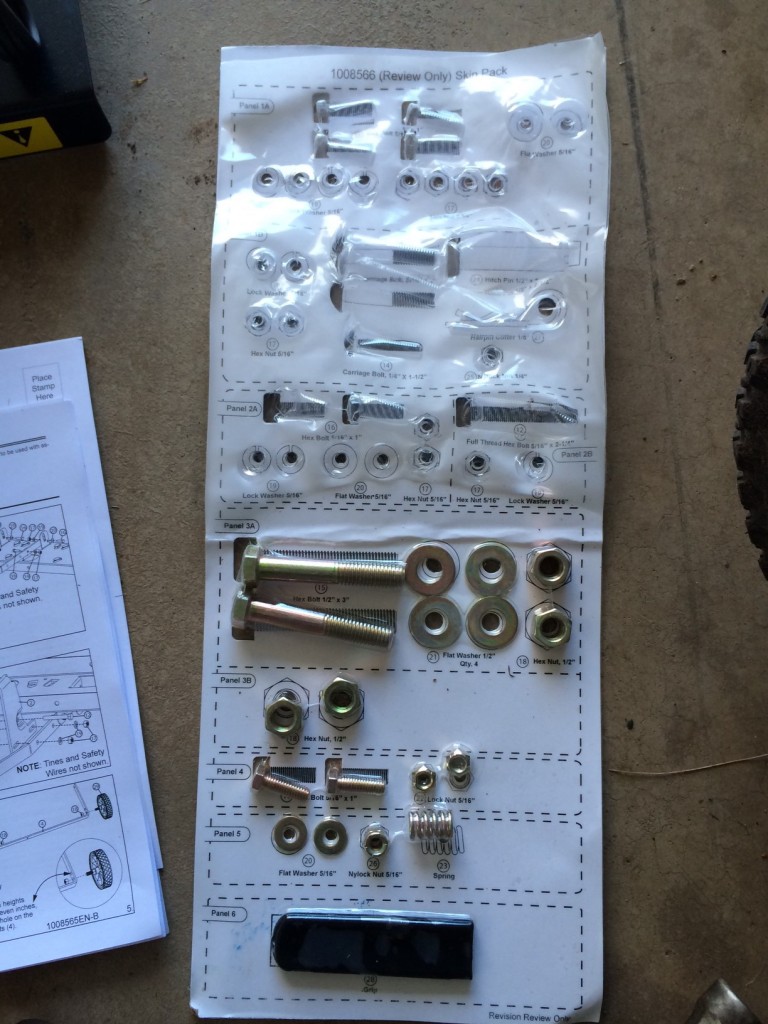From a young age we were taught to obey our elders, use our manners, and present ourselves in an appropriate manner. As we got older, more detail was added. Saying “please” and “thank you” wasn’t enough, we also had to treat others how we wanted to be treated, be kind, and help others when they needed it. Everyday, we add a little more detail to all of these areas, we learn a little bit more. What am I describing? Have you caught yourself saying it in your head? If you need to, reread this paragraph slower, then continue on.
Did you catch it now? I’m describing respect. Respect is the foundation to every relationship we have. Whether it be with a spouse, a co-worker, a boss, a friend. The amount of relationships we have, are endless. Respect fuels these relationships and if the respect is lost, then often times so is the relationship (unless you actively try to rebuild it).
Because respect is such a fundamental piece of human nature, I believe this is why Toyota made “Respect” one of it’s two pillars (the other being Continuous Improvement). This pillar is referred to as “Respect for People.” We’ve talked plenty before about respect for people, so instead I want to talk about how “Respect for People,” may have been a false translation when it was translated from Japanese to English.
I’ve been doing lots of digging lately and I found some pieces written by a man named Jon Miller who summarized that the Japanese phrase, ningensei no soncho (人間性の尊重) was once translated, resulting in the phrase: “Respect for people.” After further translation it was found that the phrase was actually meant to be, “Respect for Humanity,” or “Respect for Human Nature.”
Before I totally throw you off, respect for humanity does indeed include respect for people, but “respect for people” simply doesn’t bring justice to the entirety of Toyota’s pillar. Some parts were lost in translation. When respect for humanity is broken down, it results in three areas: Respect for the workers, Respect for the customers and suppliers, and respect for the environment. All areas that human interaction is involved while producing, or consuming a product.
Respect is a huge part of Lean, and that’s because it’s a huge part of life. Respect goes beyond our interactions between other humans, it involves our relationship with our products, ourselves, our homes, our world. Creating honest emotion, passion, and empowerment. Without respect, lean would fail, just like everything else does. Respect for people is important, but when we expand our respect beyond people, greater things are produced.
Citations:
“Respect For Humanity.” Lean manufacturing – Practical advice, information resourcesand, 2014, www.lean-manufacturing-junction.com/respect-for-humanity.html.
Miller, Jon. “Respect for humanity…of your boss.” Gemba Academy, 10 Aug. 2015, blog.gembaacademy.com/2015/08/10/respect-for-humanity-of-your-boss/.







